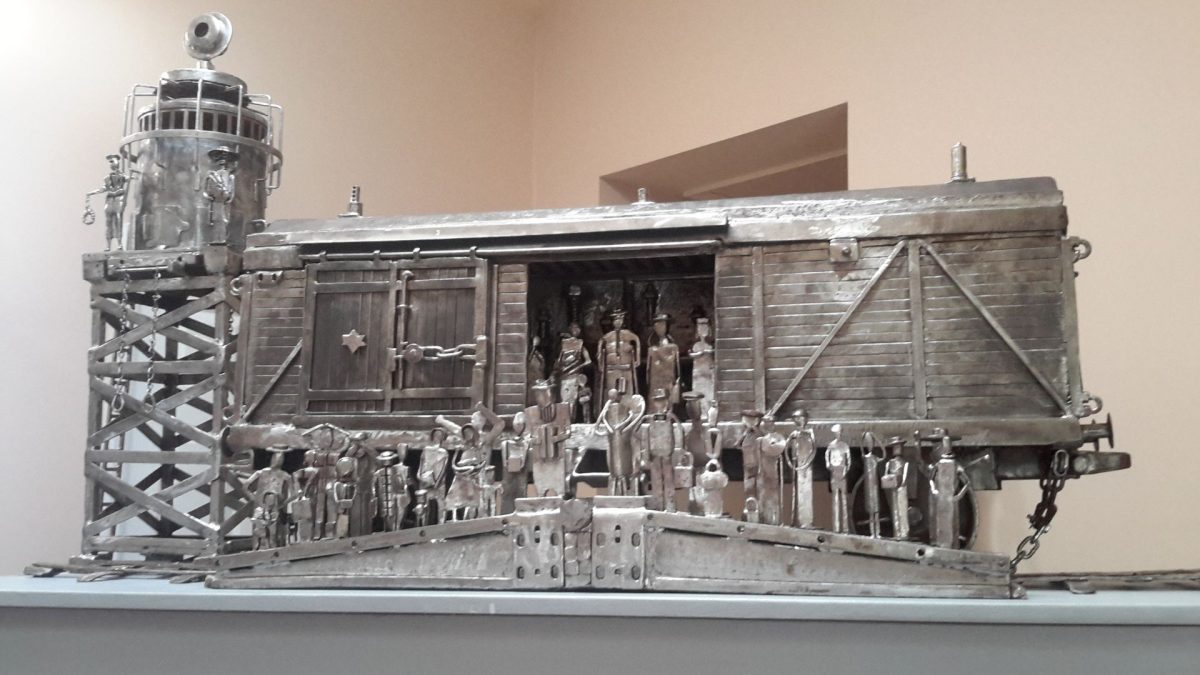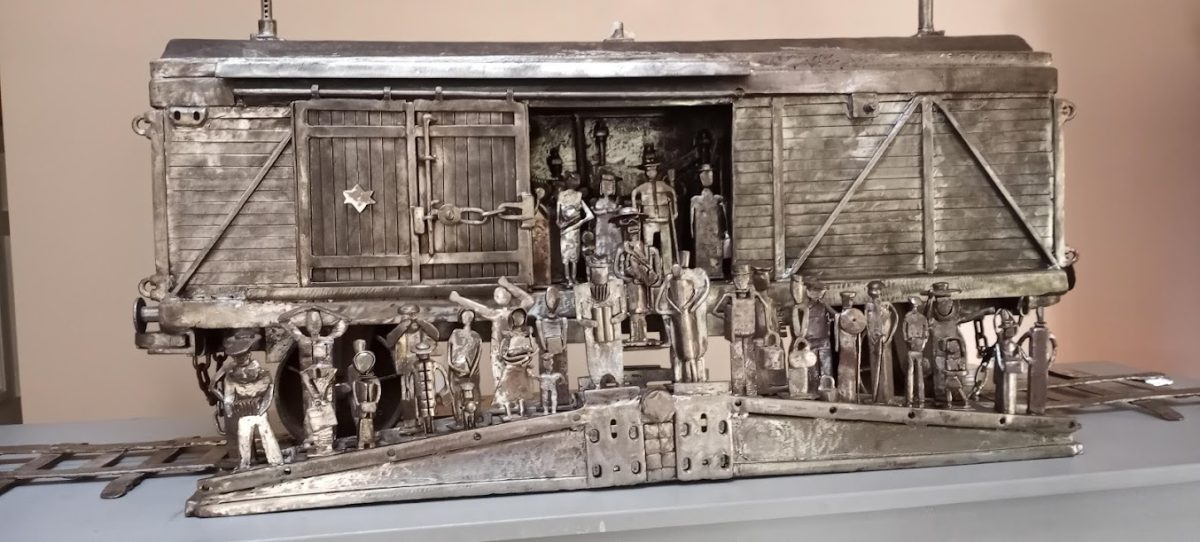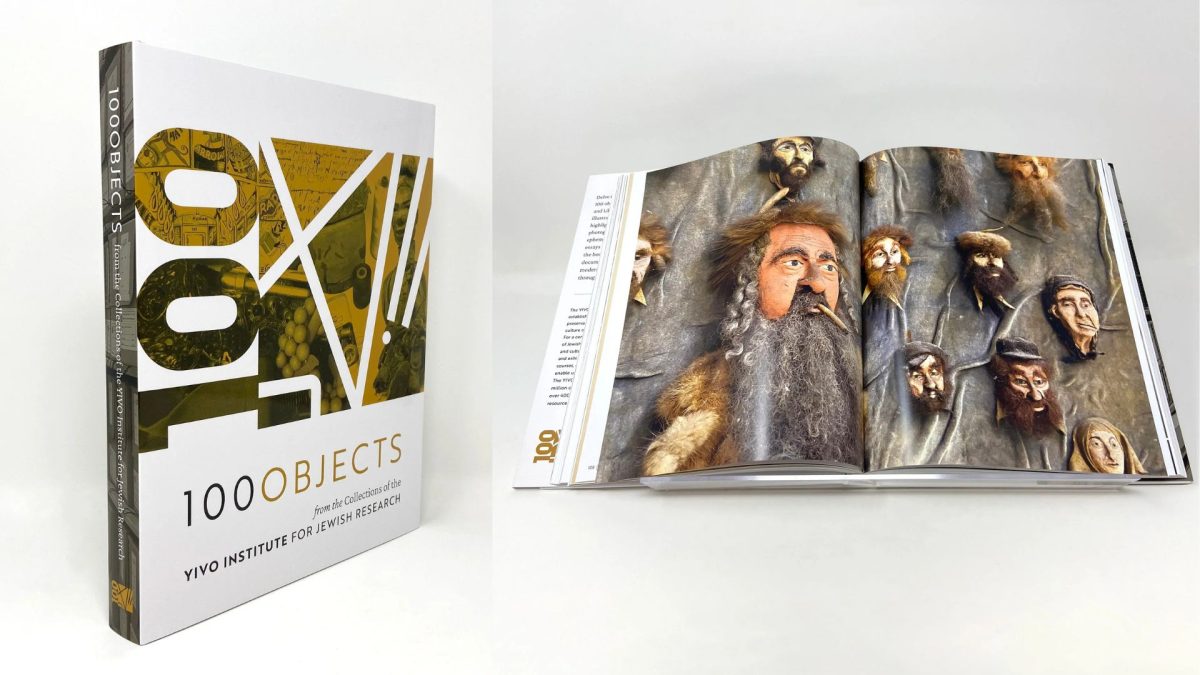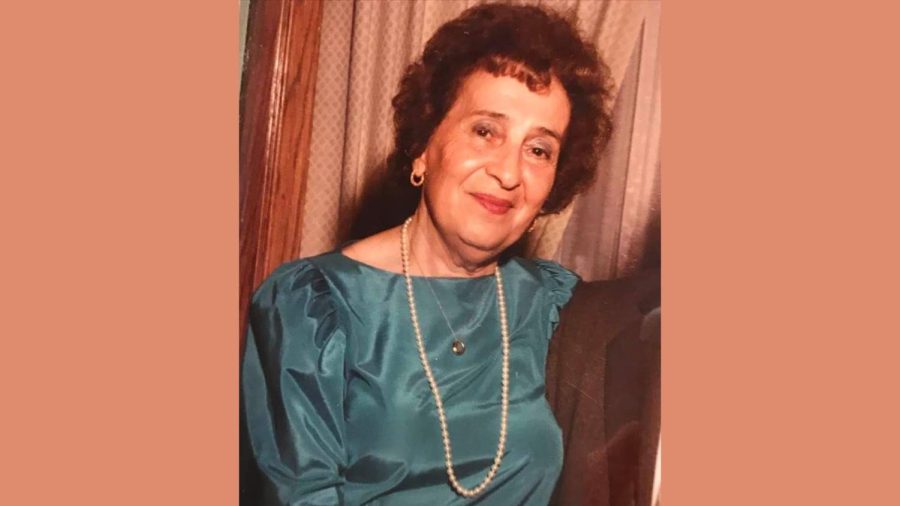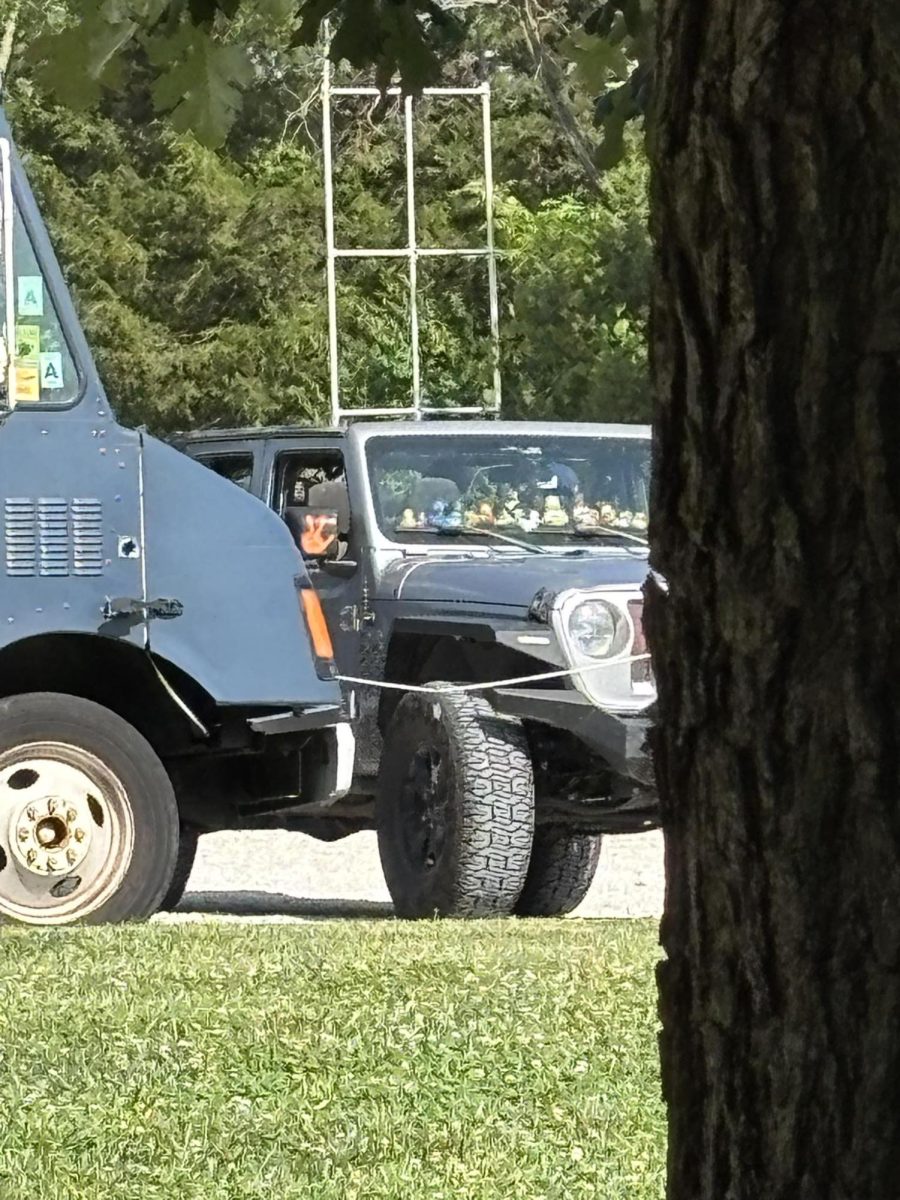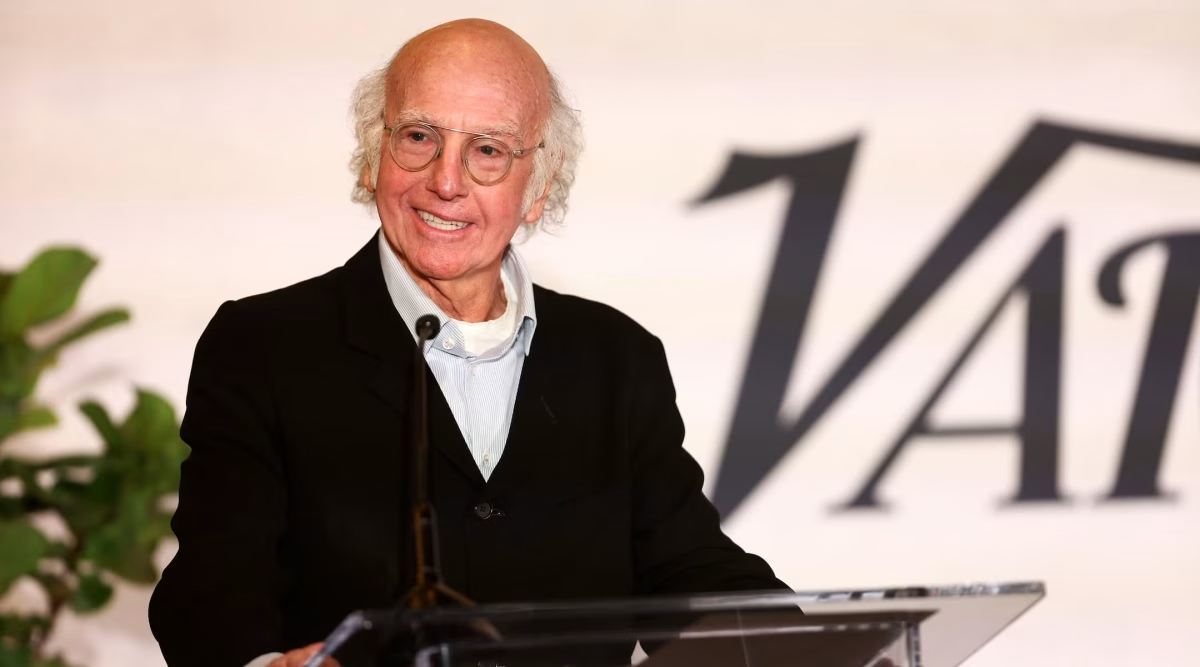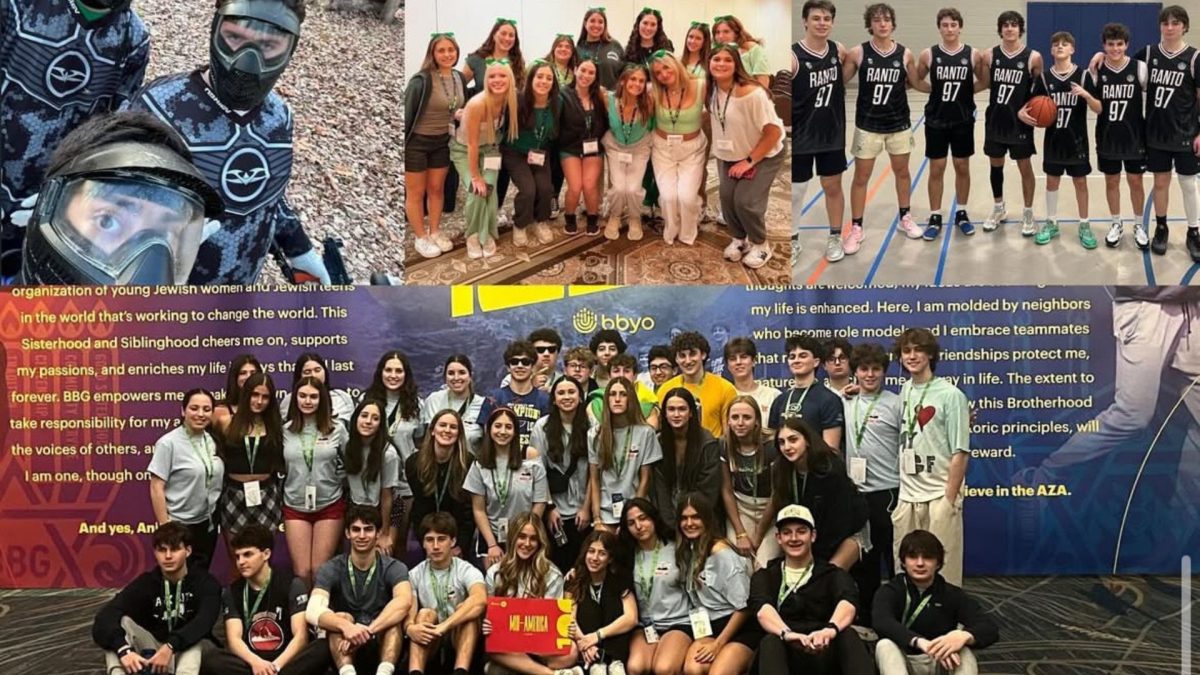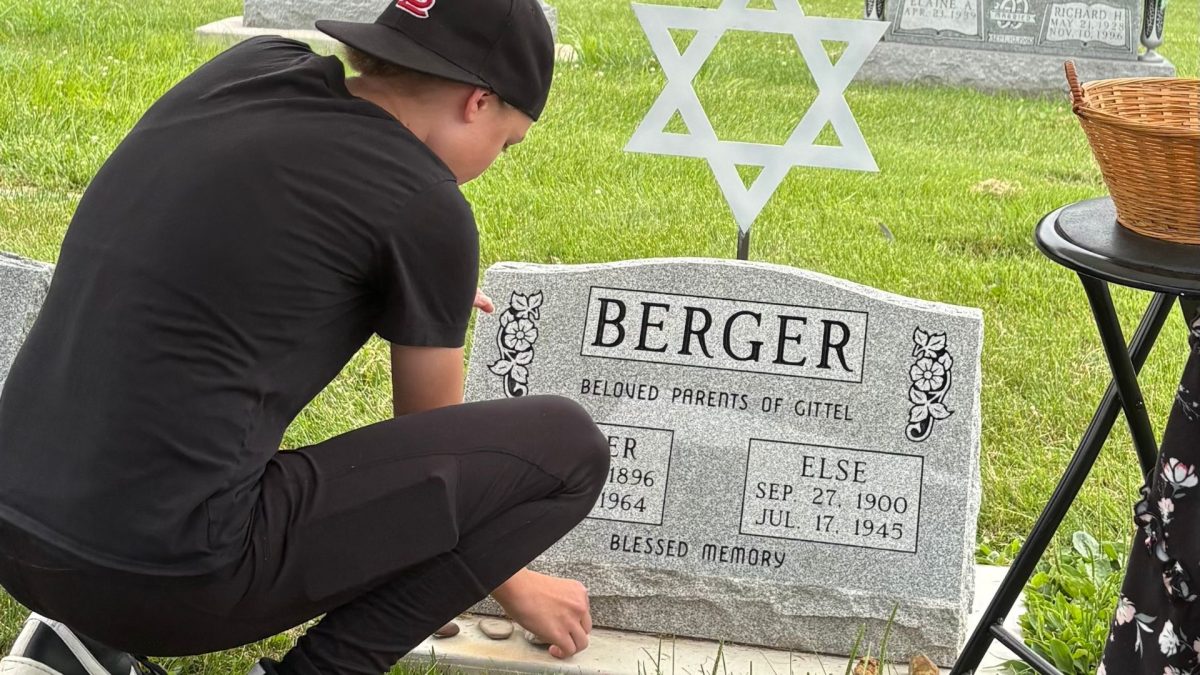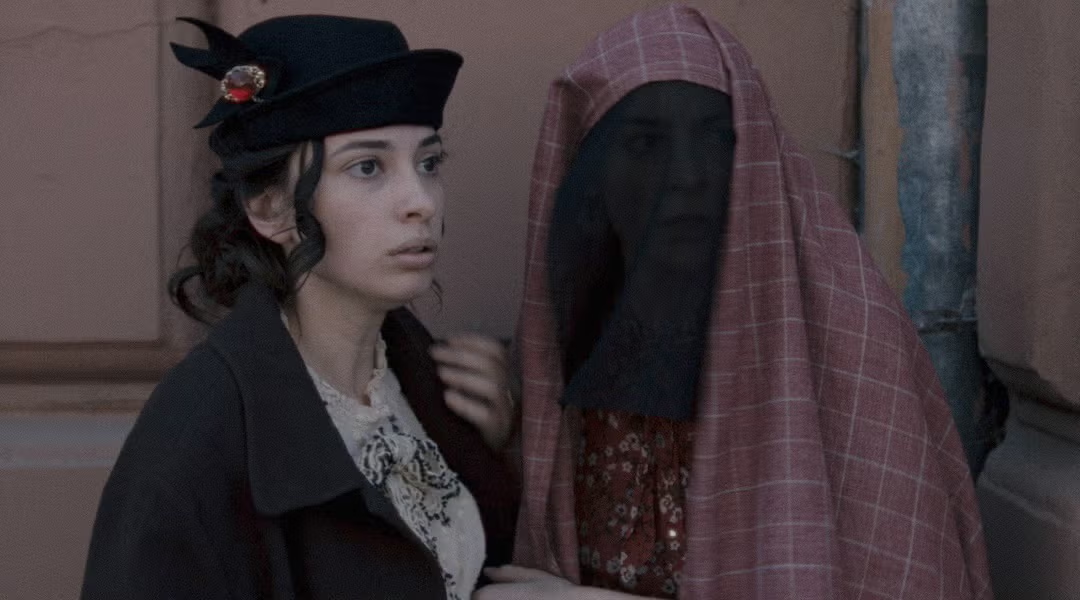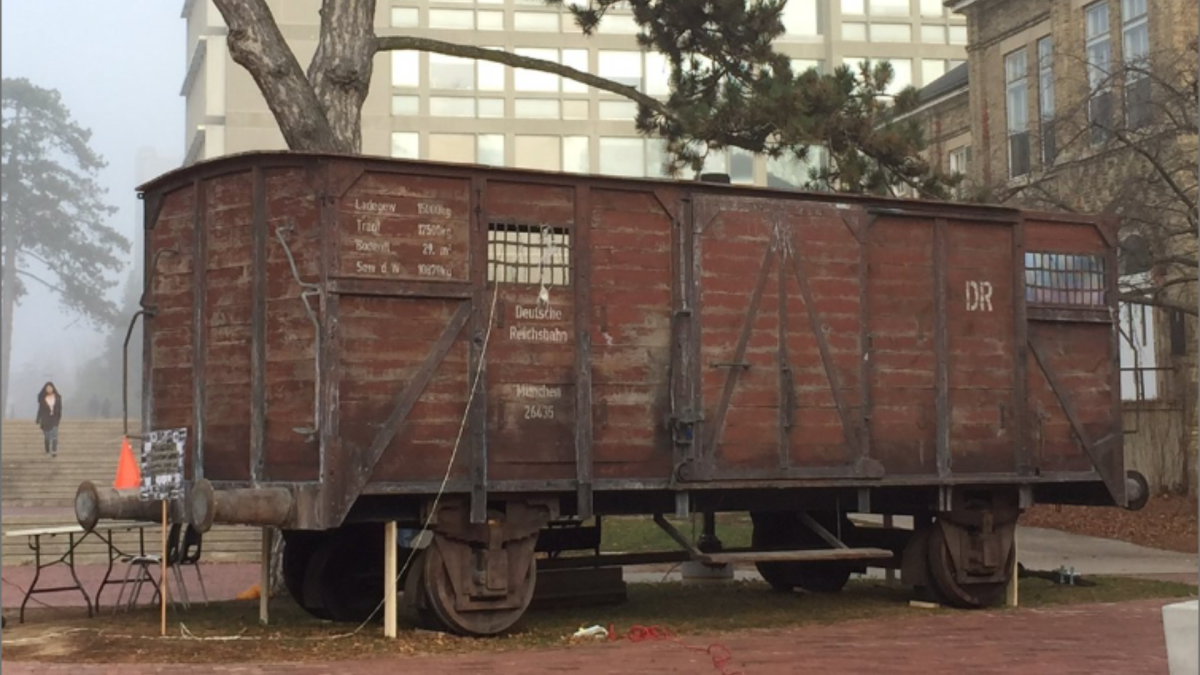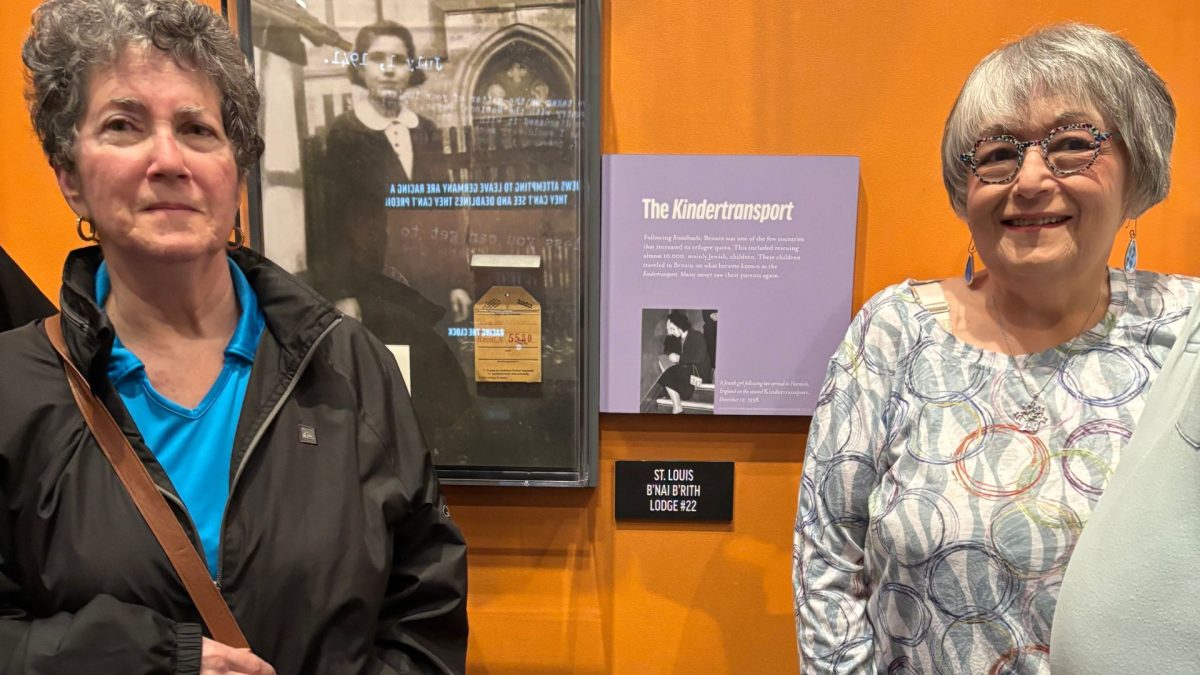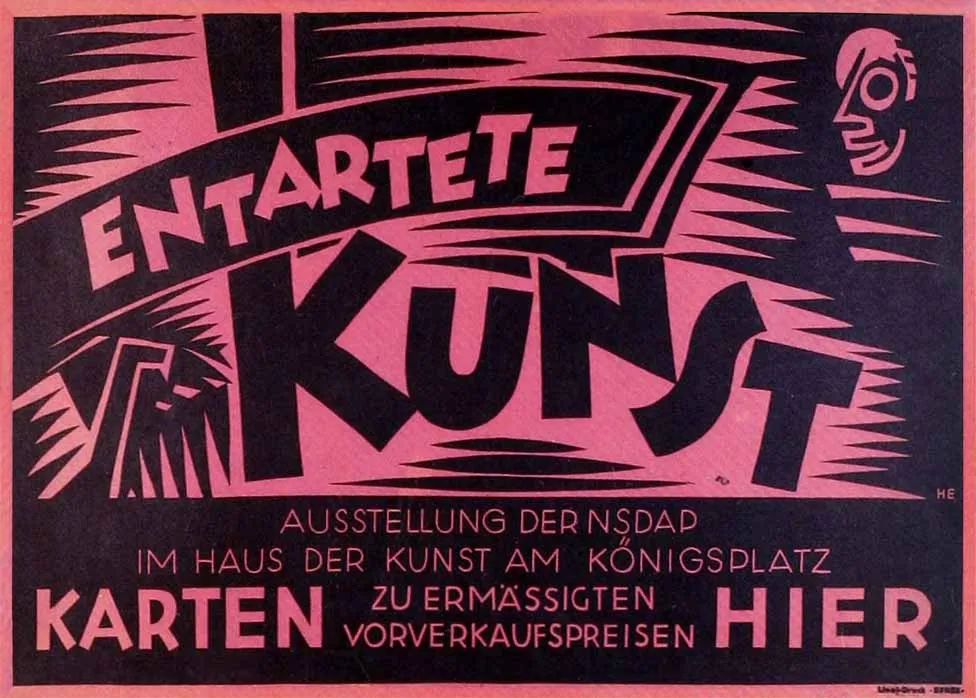As a young boy growing up in St. Louis, metal sculpture artist Dale Dicker, 74, was surrounded by many family members who survived the Holocaust. His grandfather, Joseph Barg, saw the rise of Nazism early on and successfully got his wife Yetta’s family out of Czechoslovakia.
“He brought them all into St. Louis,” said Dicker. “Another member of my mother’s family, Uncle Bernie Caron, was in a concentration camp in France. He was freed and came to St. Louis. As a child, I remember asking him what the numbers tattooed on his arm were all about.”
The meaning of this family experience became ingrained in Dicker, who now lives in Chesterfield and whose outdoor works can be seen on the campus of the St. Louis Jewish Community Center near Creve Coeur.
One of his more recent projects was the creation of a model German boxcar filled with horror-stricken figures. Made from welded steel, “Boxcar” was recently the subject of the Emmy Award-winning video, “Never Forget.” The video paid tribute to Grandfather Barg, capturing the poignant narrative and historical significance behind Dicker’s powerful sculpture.
Holocaust boxcar
“The boxcar reflects a tangible portent of monumental suffering and misery. It is, in fact, a microcosm of genocide on an industrial scale. In other words, industrialization of death,” said Dicker. “The boxcar serves as a warning of what human beings are capable of doing to one another, not just during the Holocaust, but today.”
Dicker spent two years creating the sculpture. He began with the creation of the boxcar itself followed by the figurines. “Boxcar” is 43 X 20 inches and each unique figurine is approximately 5 inches tall.
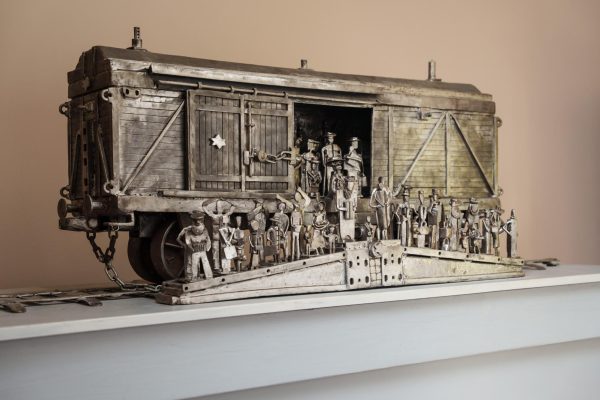
One of the most powerful elements of the work is the faceless figurines. The facelessness represents people known and unknown and those who will never be known. Not knowing how many he would create, Dicker continued making the faceless figurines as he discovered new ways to express each one’s individuality.
“Once I felt I had plumbed the range of empathic emotion, I felt emptied out, finished, and therefore, done with the purpose of this sculpture,” he said
The final piece of the sculpture is a looming and menacing guard tower which is 9.5 by 33 inches.
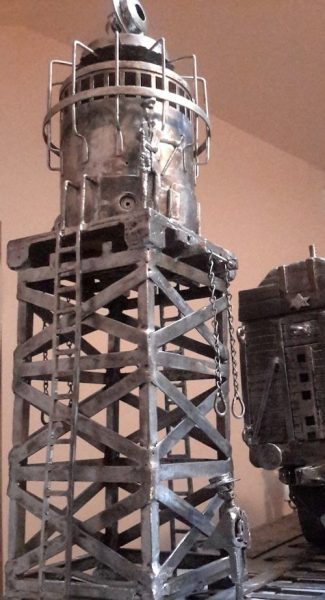
How to view ‘Boxcar’
As a person views the sculpture from “left to right” one will see all figurines sightlessly peering out at the viewer.
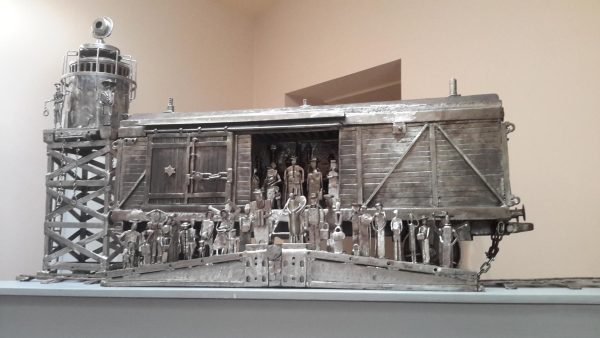
The figures have been placed on a stepped ramp that leads to the entryway to the boxcar. The viewer should be able to get an intuitive sense of the community within the group, centered upon the rabbi holding the Torah.
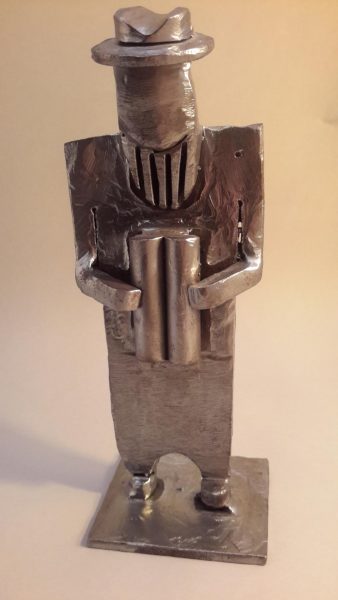
The boxcar is on wheels that roll and on a track of steel rails. There is a door that slides open and shut. The roof of the boxcar comes apart. All 49 figures within and outside of the sculpture are not permanently welded in place.
“Rather, each figurine is placed in such a way as to evoke a sense of connectedness,” said Dicker.
Symbolism is rich within the work as well and sometimes a bit hidden.
“One of the hidden messages is that there is a swastika inside the boxcar. It looks industrial in nature. The boxcar is a killing machine,” said Dicker. “Inside there is also a hangman’s noose and a poisonous gas jet representing the gas chamber.
“Each of the 49 figurines represents the innocence of men, women and children caught in the homicidal grip of an evil and hateful enemy. Each figure attempts to show through faceless gesturing the reaction to circumstances beyond their control,” said Dicker.
Another haunting detail, ironically, is that the figure of death is the lone figure that contains a face.
“In contrast to a painting, this sculpture can be alternately conceived as other permutations. Magnets were used on the bases of figures so that there is flexibility to restate other aspects of the Holocaust. In this sense, the work serves as both a historical piece as well as an artwork,” said Dicker.
How to see “Boxcar”
Dale Dicker’s sculpture is not currently on public display but he says he hopes to change that in the future. For now, Dicker has provided the Jewish Light with these photos to share his work with our readers. For information about Dale Dicker’s work, or to watch the video “Never Forget” visit his website.
| RELATED: Former St. Louis artist’s baby album for daughter documents Israel’s founding



